One hundred years ago, the uprising which broke out on August 28, 1921 in western Hungary, prevented Austria from occupying the Hungarian territories promised to it in the Treaty of Saint-Germain-en-Laye. The opposition of the Rongyos (Ragged) Guard and others led to the Venice treaty and a plebiscite which decided whether Sopron and eight surrounding towns would be part of Austria or Hungary. After the Great War, a mutilated and ransacked Hungary was faced with difficult challenges; Hungary’s isolated foreign policy was further exacerbated by the emergence of the little entente in the wake of the first royal coup, just waiting to attack the maimed country.
Thanks to the Paris Peace dictates, on September 10, 1919, the Social Democratic Austria received the western parts of Hungary: Moson, Sopron and Vas countries, including the city of Sopron and its surroundings. This would prevent the establishment of a Czechoslovakian-Southern Slavic corridor to the west of the Balaton. The other, more obvious intention of the winners was to reward the losing Austria with the Burgenland (Orvidek) for saying no to the Anschluss.
Mihály Francia Kiss, Iván Héjjas, Pál Prónay. They were all god-fearing, patriotic Hungarians who fought the Great War with honor, won many military awards through their bravery and perseverance; they also experienced the mournful downfall and the horrors of the Red Terror. Understandably, they opposed all this and became the leaders of the “White Terror”. The pre-1989 historiography – and of course today’s “advanced” liberal historians – only accounts for their anti-Bolshevik actions in 1919 in a distorted way. Meanwhile, they conceal or at least minimize the former 13th Jászkun Hussar
officer, Pál Prónay de Tótpróna et Blatnicza’s role in leading the uprising in Western Hungary and achieving the referendum that resulted in Sopron and its surrounding villages remaining in Hungary.
Following Trianon, many believed that it could not get worse after the defeat in war, Károlyi’s pacifist disagreements, the bloody 133 days of the Hungarian Soviet Republic, the total humiliation and looting that accompanied the Romanian, Serbian, and Czechoslovakian occupations, and the suicidal peace treaty. Then, 1921 brought fresh challenges to the economically, socially, and militarily mutilated, politically isolated Kingdom of Hungary led by Vitéz Miklós Horthy de Nagybánya.



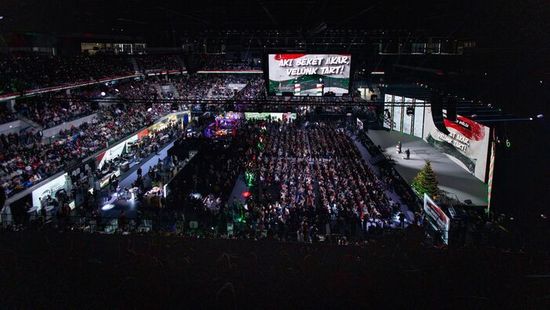



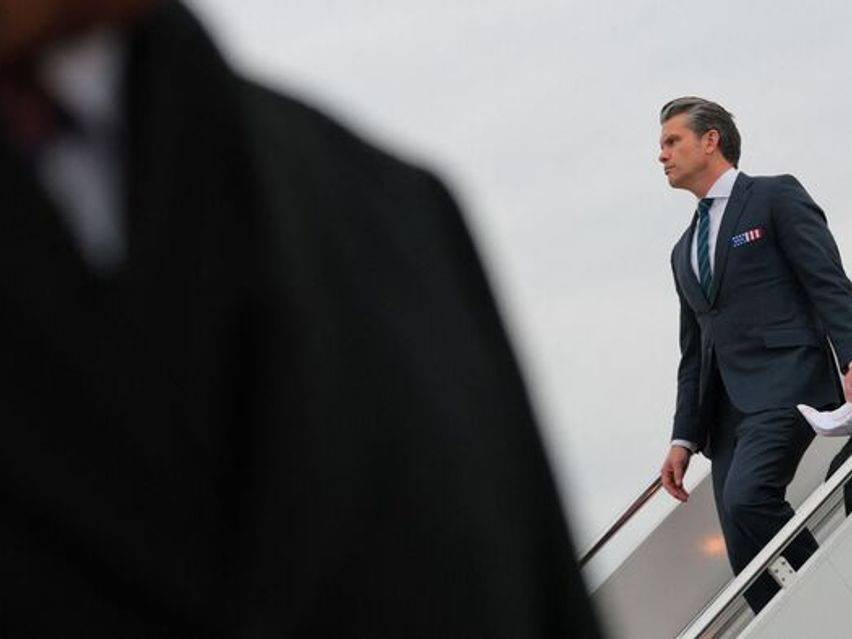

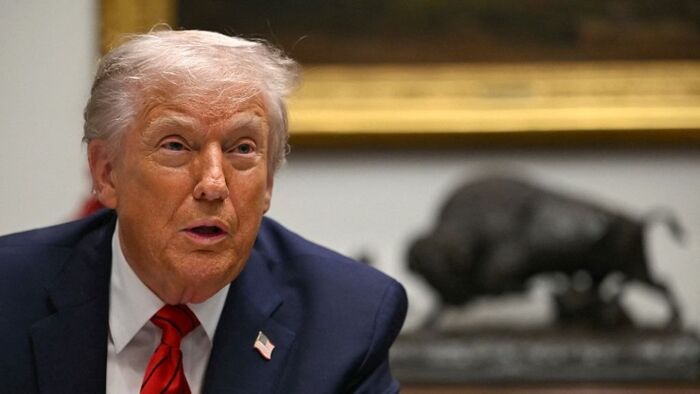








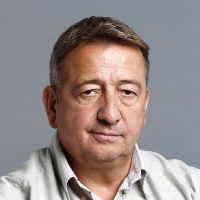
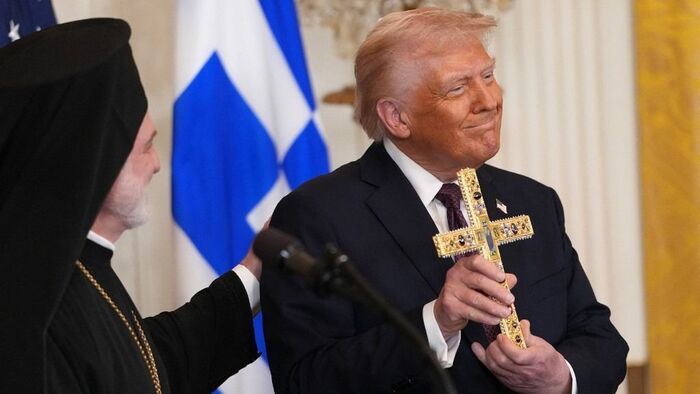
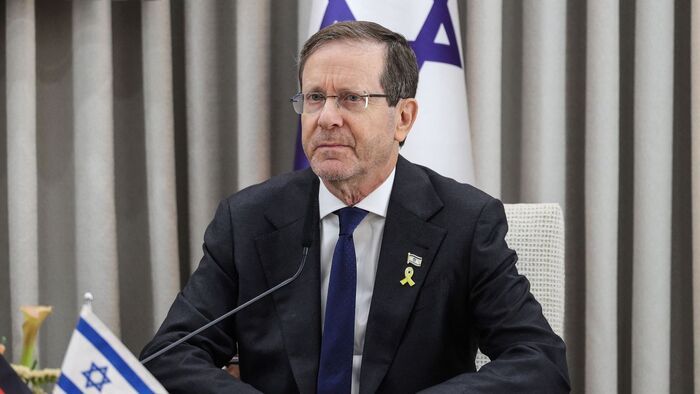
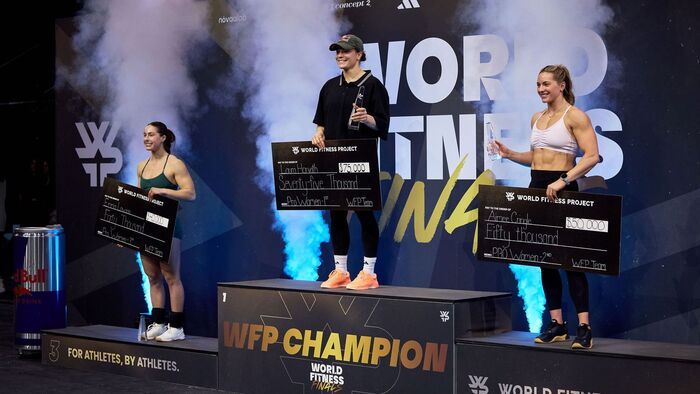

Szóljon hozzá!
Jelenleg csak a hozzászólások egy kis részét látja. Hozzászóláshoz és a további kommentek megtekintéséhez lépjen be, vagy regisztráljon!